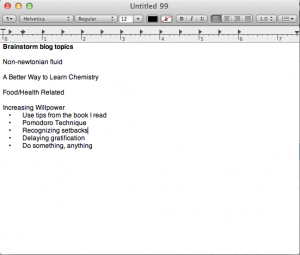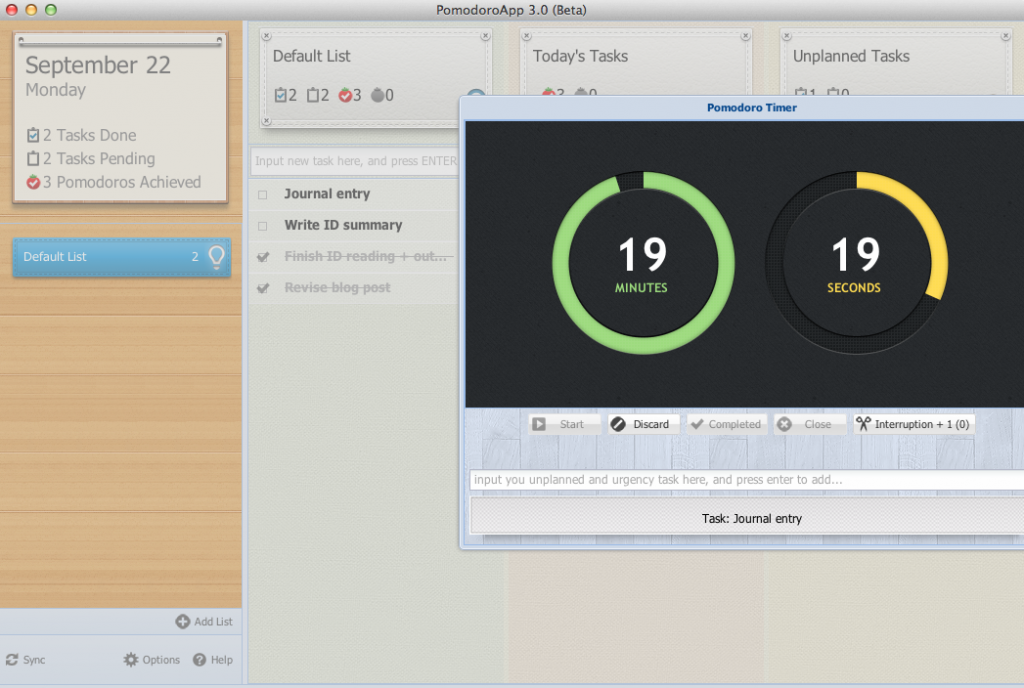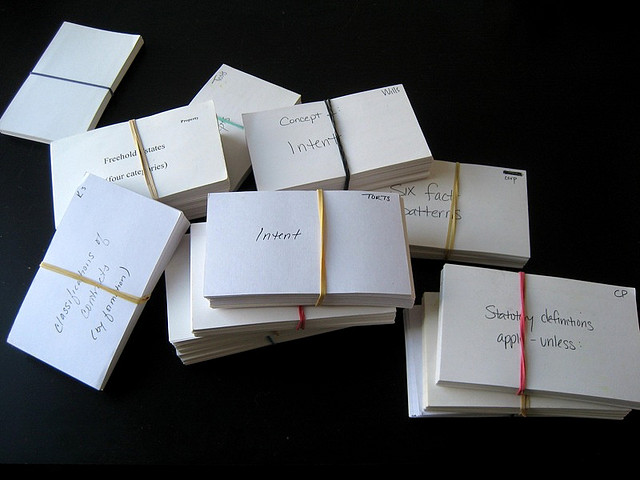Take Control of Your Willpower

Photo Credit: David Robert Wright
You get home from a long day of work and just want to turn on an episode of Big Bang Theory while calling in some Chinese food. The next thing you know it’s 11 PM and you have to hit the sack, only to repeat the same unproductive cycle tomorrow.
As a human, you have two overarching systems of motivation and decision-making—Daniel Kahneman , in his best-selling book Thinking, Fast and Slow, depicts them as System 1 and 2. I like to think of them as the lizard brain and the conscious brain.
The lizard brain is all about reaction and impulse:
“You hear your phone vibrate and you drop all your work to see who it is”
“You’re writing an essay and a thought crosses your mind about a person you thought about earlier that day. You stop what you’re doing, open up a new tab, and spend the next 30 minutes Facebook stalking him and whoever else happens to pop up”
Our biggest weapon against the perils of the lizard brain is the conscious brain and its fuel is willpower. Without willpower, we could never fight our primal impulses to take the easy route and avoid all pain—we would just watch Big Bang Theory all day. Only through perseverance and practice can we achieve the success we all strive to each day. I will use the story of this blog post to highlight my most valuable techniques in harnessing willpower and getting things done.
Preface
Sitting down to write this article is not as trivial as it seems. Like everyone else, I have urges to switch to a social media tab or reply to texts and e-mails rather than penning paragraphs, half of which I’ll later delete through revision. Big projects are indeed intimidating, but there are two methods that will allow you tap into willpower reserves you didn’t know you had.
The Blank Page
A blank page is the hardest thing to sit with. The pressure of creating something acceptable and the fear of not achieving our goal can cripple us. The first thing to realize is that perfection is overrated. Our favorite movies, literature, and art were not made under a grand master scheme into which everything fell neatly into place. It was actually small iterations and revisions that made a lump of disparate thoughts into something masterful. The only thing every piece of content has in common, no matter its medium or audience, is that the creator began work on it. That’s it: they just started doing something.
Technique: Just Do Anything
To begin writing this post, I opened up my favorite mac tool: text edit (notepad for windows users). From there I just started jotting down all the possible ideas for a blog post:
Starting is the most difficult part of any project. Getting that oversized, annoying boulder of productivity to start rolling conquers 90% of the battle. If you can complete the first tiny fraction of your goal, it will give you the willpower to continue. In my case, that meant writing random ideas in the text editor—it took almost no energy and I didn’t care if they were good or bad, I just wrote what came to mind. From there, I jotted down one measly, awful sentence. Then the momentum took over and I started writing the draft to this post.
Revision and Long-term Effort
Mindlessly free writing has its virtues: there is no pressure to make something pretty and acceptable to your audience. But there comes a time in every project where you have to start paring down your jumble of thoughts into a concise, meaningful piece of work. That takes a different set of skills than brainstorming: it takes concentration to revise, reread, rearrange, and rewrite. Spending hours on one task is not easily accomplished in an age of unrelenting stimuli. This is why I swear by the pomodoro technique.
Technique: Spaced Work and Breaks with Pomodoro
By this point, you ought to know how long you can maintain a state of flow without expiring your willpower reserves. For me, the sweet spot is 25 minutes. I use the pomodoro app to set a timer and then put away my phone, close all social media tabs, and just get to work. Once the timer hits 0, I stop what I’m doing and, for 5 minutes, I succumb to all the diversions of the modern world.
Once playtime is over, the clock runs back up to 25 and I continue on with my project. Using this mix of work and play, I finished the rough draft in just two pomodoro sessions. Who knows how long it would’ve taken had I been checking my phone throughout the whole process, rather than in dedicated chunks.
Final Thought
With these two techniques under your belt, you’re already taking the first step in taking control of your willpower (remember to just do anything?). Once you’ve crossed the first tiny fragment of a milestone, the rest get progressively more reachable. So all I ask you today is just to write down that first little idea and see what happens from there.
“What you have to do and the way you have to do it is incredibly simple. Whether you are willing to do it, that’s another matter.” – Peter F. Drucker







No comments